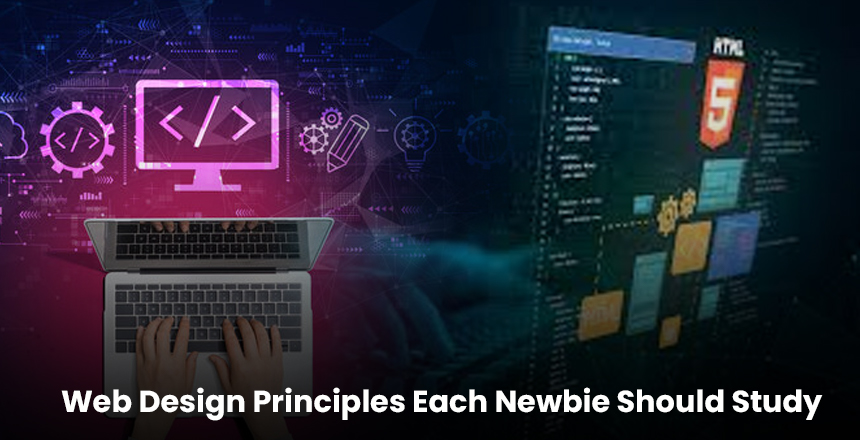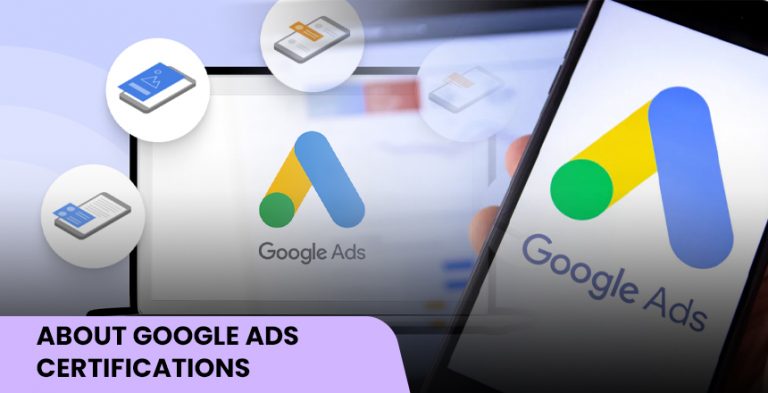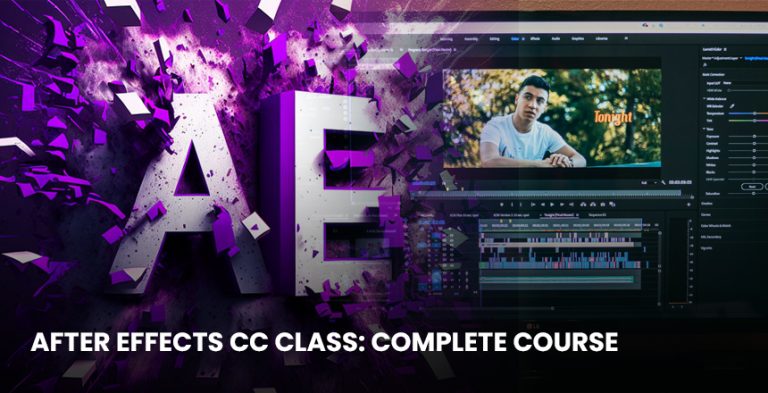Web design is an interesting, but, at the same time, rather challenging sphere for those who
have no previous experience. Today, as the world is shifting to the concept of going digital, the
need for web designers that can create efficient and appealing designs is on the rise. But for
anyone who is new to design, it can be an overwhelming process of going through a myriad of
design principles and terminology. Thus, this blog post is going to explain to the reader some
valuable principles of the world of web design that an absolute beginner should know.
Accessibility is an exciting area and is vital when it comes to consideration for implementation.
It is a web design philosophy that ensures all websites are accessible to people with disabilities.
It is about ensuring your website is accessible to the Long Tail: the visually impaired,
prospective visitors with ear or motor control problems, and those with learning disorders or a
slow-thinking brain. Some basic accessibility principles include:
- Using alt tags in the pictures and videos.
- Making text dissimilarity high enough that it can be easily distinguishable to the visually impaired users
- An important element to adhere to here is isolation of color from being the only means of transferring information.
- Ensuring that all the tabs of your website can be accessed only with the keyboard.
Responsive Design
Over the years, people have been accessing the internet through their devices; hence the
introduction of mobile phones and tablets respects design as a basic standard in website
development. Responsive design guarantees that the website you are designing is capable of
rendering on any device that it will be used on, whether on a computer, tablet, or even mobile
phone. This is, for instance, using flexible layouts and images and employing media queries in
CSS. If a website is not developed for mobile responsiveness, it may appear clustered,
complicated, or smeared on the small screen, which will change the bounce rate and the
usability.
Grid-Based Layout
What makes the grid-based layout beneficial is that it’s easy to organize, it is balanced, and it
comes with several aesthetic designs. It is a method of dividing a web page into columns and
rows in order with which to design the layout of the web page; design of areas of content,
pictures, etc. The grid layouts can often plug in with CSS Flexbox or CSS Grid, but the latter is
considerably more powerful and granular in how they can be applied to a design. Once you start
using the fundamentals of the grid layout, you get to produce good-looking and easy-to-navigate layouts.
Consistency in Design
There seems to be a measure of agreement in the web design perspective. It can make it easier
for users to get around your site, at least more so than if they cannot anticipate the position and
appearance of certain aspects to begin with. Some elements that should be consistent
throughout your website include:
- Typography and font sizes
- Color schemes
- Button styles and placement
- Navigation menus
Having a consistent design helps to establish a clear brand identity with your visitors, as well as
make them trust your website.
Whitespace and Negative Space
The empty space that exists between the existing design components is known as negative
space, or whitespace. People underestimate the fact that the effective use of whitespace can
help enhance readability, draw the viewer’s attention to specific parts of a design, and make the
overall design optimal. If you use too much whitespace, it will give your website a minimalistic
look, which is not bad, but if you underuse whitespacing, it will make your website look cluttered.
Whitespace management is an essential factor facilitating the usability and design of a website.
User Experience or UX and User Interface or UI
UX and UI refer to two main concepts that are more related to the function and appearance of a
web page or site. UX deals with the usability of a website or product as perceived and
experienced by the user; UI relates to the graphical layout of any interface. To create an
excellent user experience, you should consider factors such as:
- Navigation
- Loading times
- In terms of content hierarchy and readability:
- Call-to-action placement
It means you can have a beautiful website that is easy to navigate and understand since you
have learned good principles of UX and UI.
Typography and Font Choices
Typography is a very important part of the design of websites. It can be used with the purpose of
conveying your brand personality, achieving better web copy readability, and, generally,
sharpening the usability of your textual content. Some tips for choosing and using typography
effectively include:
- Choosing legible fonts
- Writing all these using appropriate font sizes
- Continuity in the font options
- Appropriate font weight will also be used.
Color Theory
This is the actual science of color spaces and color values, regarding how certain combinations
work and how they can convey certain messages. The next all-important consideration about
color is, of course, the psychological effect that they have and how well they fit your branding
strategy when designing a website. Some basic principles of color theory include:
The elements include the color wheel and color relationships.
Color as a means to message/emotion
As a rule, it can be stated that an author needs to make sure that there is enough contrast
throughout the text for the reader to not develop an eye strain while reading the material.
Conclusion
Some of the trends to follow in web design include web design is rapidly growing, and a
designer cannot afford to relax and relax. While intermediate level is limited in terms of an ability
to come up with websites that are not only aesthetically appealing but also technically sound
enough to meet the needs of the required users. Just keep in mind that web design is all about
an understanding of the need of the user and appropriate detail, as well as passion for web
designing.








